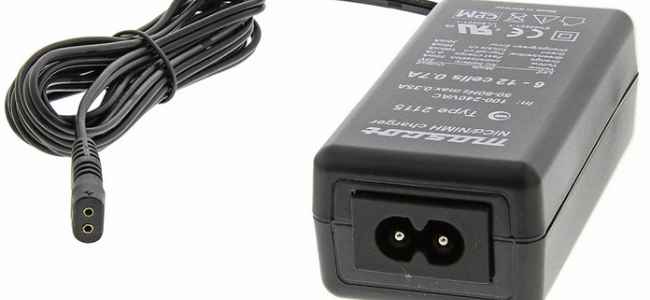
The battery in a motor vehicle provides the electricity that is required for the car to start and to run the electrical equipment that is within it. Although a car battery is usually charged up by the alternator in a motor vehicle while it is running, the battery can sometimes die for a variety of different reasons and then it will have to be connected up to a battery charger in order to be recharged and become functional again.
When you jumpstart a motor vehicle you are essentially providing just enough of a boost to a dead battery to start up the engine, after which you are again relying on the alternator to keep charging it up, but when you make use of a battery charger you are enabling the battery to once again become fully charged before being used.
Connecting the battery charger
The first thing you need to do before connecting a battery charger to your vehicle is to clean the battery terminals. Make use of water and baking soda in order to clean the terminals of any corrosion and neutralise any spilled sulphuric acid. An old toothbrush could be used to apply the mixture, or alternatively a wire brush could be used to get rid of any mild corrosion. A special round wire brush is even sold by some auto stores for just this purpose.
Once the terminals have been closed do not touch your nose, eyes or mouth until you have thoroughly washed your hands. White gunk on the terminals is congealed with sulphuric acid and should not be touched.
The next step is to pour in a sufficient quantity of distilled water so as to reach each battery cell’s fill level, which disperses hydrogen gas from the cells. Tap water should not be used for this as constant use can cause battery damage.
The cell caps should be replaced after filling. If the battery does not require this procedure then ignore this step.
The charger should be placed as far away from the battery as allowed by the cables, reducing the chances of the unit being damaged by airborne sulphuric acid vapour. The charger should never be positioned right below or above the battery. The charger should be set to ensure it delivers the right voltage with adjustments to the voltage output selector.
One charger clip should be connected to the battery’s positive post, with the second charger clip connected to ground.
The charger can then be plugged into an outlet. The charger should come with a grounded three pronged plug and be attached to a correctly grounded three prong outlet. It is not appropriate to make use of an adaptor and extension cords should only be employed when absolutely necessary.
The battery should be left on charge until it is fully charged. Make use of your battery’s recommended charging time or check the charge indicator to see if the process has been completed.
A battery charger is safe and efficient to use providing all the necessary steps are taken and the proper equipment used. Find the best battery chargers for your needs by researching online what you need it for first, as there are lots of options!











